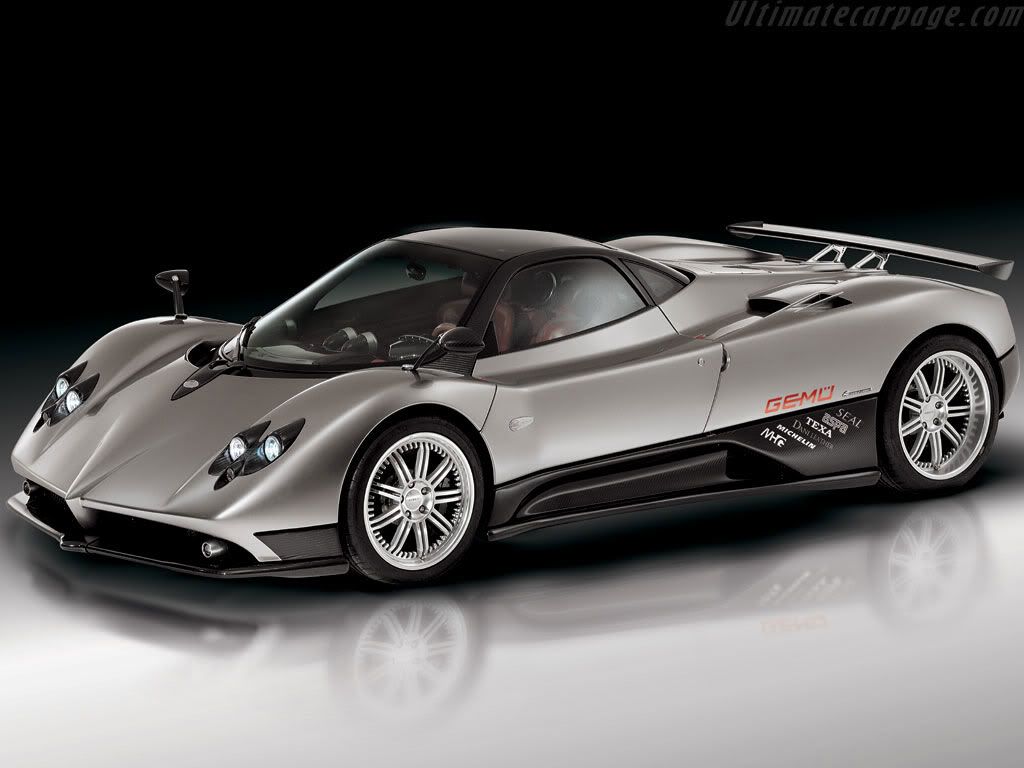I.B.G. - Important Builder Guidance - tR1ke
Feb 5, 2017 16:36:31 GMT
Stiggy, davej98002, and 1 more like this
Post by The Management on Feb 5, 2017 16:36:31 GMT
This thread contains Important Builder Guidance and is 'stickied' so it stays there for all to see. It represents information gleaned primarily from owner builds that have met and surmounted unforseen obstacles. It will be of great help. (Further information)
Important - to be read in conjunction with the tR1ke build guide.
1. Anti roll bar - The soft springs supplied with the kit allow heavy body roll when cornering. Different rates and progressive springs could be experimented with but the recommended set up would be suitably sized, progressive springs and an anti roll bar (ARB).
Below is a picture of an ideal set up, although this builder favours ARB to progressive springs. Personal taste comes into play and the intended use will create differing opinions. Stiffer springs will reduce body roll but can cause bounce and imbalance.
2. Track width - It should be noted that the track width (centre to centre of front tyres) of the well-respected T-Rex trike is 1780mm.
Builders should aim for 1800 mm from outside edge of left to right tyres. This can be achieved with wheel spacers and wheel off set (ET) choice to increase track width thereby reducing the likelihood of lifting a wheel in a turn. Increasing track width will increase the scrub radius so builders must satisfy themselves they have the right approach.
3. Unsprung weight - This is more critical in lighter vehicles.
It is recommended that due consideration be given to using alloy uprights and hubs with alloy calipers and light wheels. The smallest wheels with a deeper tyre profile are more compliant.
4. Fuel tanks - It is noted that the build guide shows these positioned in the engine bay.
If fuel leaks it is right next to the exhaust. On a bike this is considered acceptable but exiting from a trike is much slower than jumping off a bike and seconds can make a real difference should the fuel in the engine area ignite.

Builders may consider a more appropriate position for the fuel tanks is behind the seats on the opposite side of the rear bulkhead (firewall) to the engine. If they are secured by the mounting feet this maybe inadequate and so a strap or bracket to secure the tank at the top is recommended.
Tanks should be bolted down to the floor not up to the underside of the chassis as shown in the build guide. The floor must then have adequate provision for draining should any fuel leak, otherwise fuel may run under the seats. A tank cover is recommended as an additional firewall that is sealed down to the floor to form a bund. This is the same approach as required for IVA, legally not required for trikes but certainly recommended.
5. Fuel pipe routing - Due consideration should be given to the location of the fuel pump and the routing of feed and return pipes. Pipes should avoid the exhaust manifold area. Consider that if a fuel pipe cracks or comes loose it needs to be clear of the hottest areas, being the CAT (if fitted) and manifold.
6. Fuel supply - The position of the filler should avoid the possibility of fuel splashing or dripping onto the exhaust or CAT.
We strongly recommend the use of an inertia type fuel cut-off switch. Most mass-produced vehicles are fitted with these, so they are easy to find and fit. The idea is that the fuel pump will stop in the event of an accident.
The fuel filler cap should be attached by a tether or, if lockable, the key should be on the ignition keyring to avoid leaving the cap off accidentally. Not legally required in the UK for trikes but certainly recommended.
7. Rear tyre fitting - Car tyres are not designed to fit on bike rims. The shapes at the beads differ and they are therefore susceptible to leaks. Builders may consider retaining the original bike tyre although tyre contact patch is reduced considerably over a car tyre and could lead to loss of rear traction. It may be possible to modify some bike rims to suit car tyres.

8. Handling - The tR1ke layout relies heavily on having a driver and passenger on board for balance. Drivers should therefore excercise extreme caution when traveling without a passenger. It will be noted that (with right hand drive) heavy cornering to the left is more likely to cause wheel lift than cornering to the right.
---------------------------------------------------------------------------------------
Check product 'Build Guide' for further information on these important issues. If an issue is not covered therein, research the relevant thread in the 'Technical Section' for unofficial guidance.
the Management


